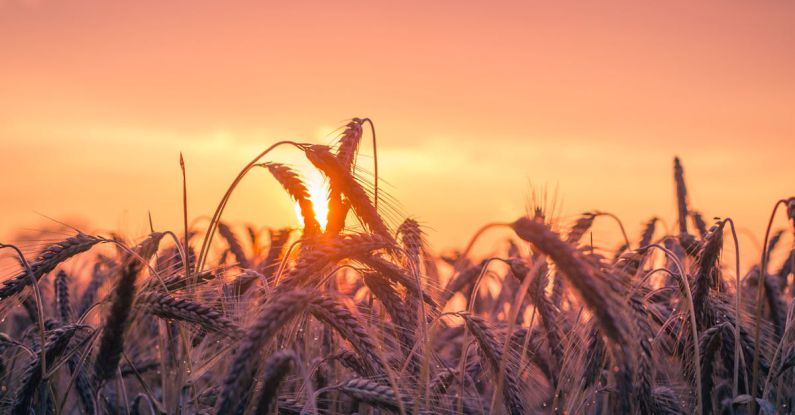Harvest season is a time of celebration and thanksgiving in many cultures around the world. It marks the culmination of hard work and dedication put into cultivating the land and reaping the rewards of the earth’s bounty. However, the way different cultures celebrate the harvest varies widely, reflecting unique traditions, beliefs, and customs that have been passed down through generations. Let’s explore how various cultures celebrate this important time of year.
Harvest Festivals in Western Cultures
In Western cultures, particularly in North America and Europe, the harvest season is often marked by elaborate festivals and celebrations. In the United States, Thanksgiving is one of the most well-known harvest celebrations, where families gather to give thanks for the blessings of the past year and enjoy a feast together. The centerpiece of the Thanksgiving meal is typically a roasted turkey, along with side dishes like mashed potatoes, stuffing, and cranberry sauce.
In European countries such as Germany and France, Oktoberfest and wine festivals are popular ways to celebrate the harvest. Oktoberfest in Germany is a lively event featuring traditional Bavarian music, dancing, and, of course, plenty of beer. In France, wine festivals are held in wine-producing regions like Bordeaux and Burgundy, where locals and visitors come together to taste the new vintage and celebrate the grape harvest.
Rituals and Ceremonies in Asian Cultures
In many Asian cultures, the harvest season is a time for special rituals and ceremonies to honor the earth and give thanks for a successful harvest. In China, the Mid-Autumn Festival, also known as the Moon Festival, is a time for families to gather and enjoy mooncakes, a traditional pastry filled with sweet bean paste or lotus seed paste. Lanterns are also lit to symbolize the brightness of the harvest moon.
In Japan, the Tsukimi Festival, or Moon-Viewing Festival, is celebrated in autumn to appreciate the beauty of the full moon. People gather outdoors to admire the moon and offer rice dumplings as a symbol of thanksgiving for the harvest. The Tsukimi Festival is a time for reflection and gratitude for the abundance of the season.
Indigenous Harvest Traditions
Indigenous cultures around the world have their own unique ways of celebrating the harvest, often incorporating spiritual beliefs and traditions that are deeply connected to the land. In Native American communities, powwows are held to celebrate the harvest and honor the earth’s abundance. These gatherings feature traditional dances, songs, and feasting to give thanks for the gifts of the harvest.
In Africa, many tribes and communities have harvest festivals that involve dancing, music, and storytelling to celebrate the end of the growing season. The Yam Festival in Nigeria, for example, is a colorful event where people dress in elaborate costumes and perform traditional dances to honor the yam harvest, which is a staple crop in many African countries.
Celebrating the Harvest Today
In today’s modern world, the traditions of harvest celebrations continue to evolve and adapt to changing times. While some cultures maintain age-old rituals and ceremonies, others have incorporated new elements to keep the spirit of the harvest alive. Farmers’ markets, food festivals, and community gatherings are all ways that people come together to celebrate the bounty of the harvest and support local agriculture.
As we look to the future, it is important to remember the significance of the harvest season and the role it plays in our lives. Whether we gather with family and friends for a traditional feast or participate in a cultural festival, the spirit of gratitude and appreciation for the earth’s bounty remains at the heart of harvest celebrations around the world. Let us continue to honor and cherish the harvest season as a time of abundance, togetherness, and thanksgiving.
